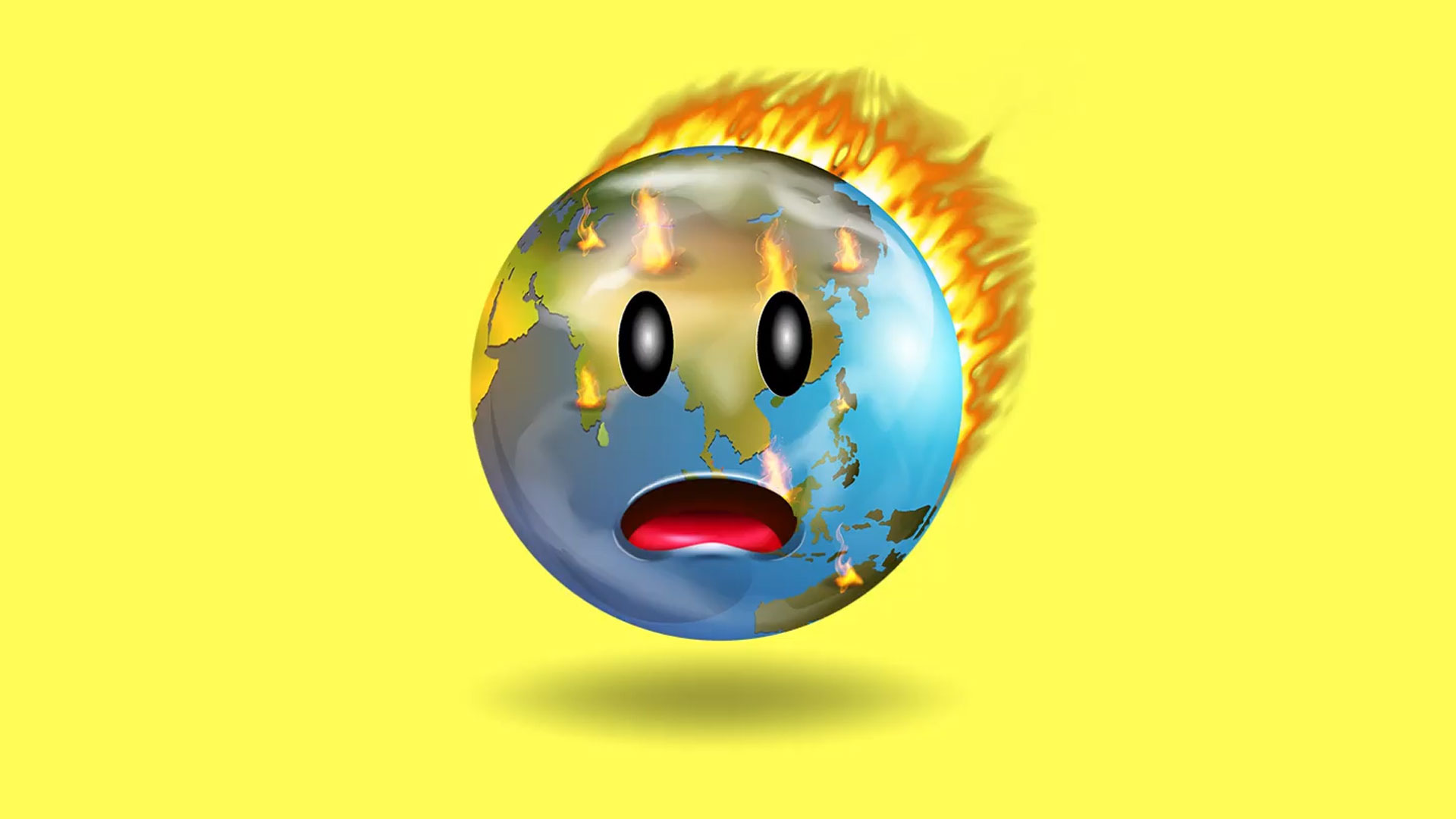What socialism is — according to Bernie Sanders

Photo credit: Ethan Miller / Getty Images
- U.S. Senator Bernie Sanders has been calling himself a democratic socialist since the 1960s.
- Bernie’s use of the word “socialist” has attracted both love and ire from the left.
- His definition of socialism is vague, but is the basis for many peoples’ understanding of the concept.
The unexpected level of serious consideration that many Americans are giving to socialism is due, in large part, to the popularity of Bernie Sanders during the 2016 Democratic primaries. The U.S. senator’s support for “socialist” policies catapulted him from an obscure senator from Vermont to the most admired politician in America. However, it has also sparked an ideological debate in this country that will likely continue for some time.
This said, what exactly is socialism according to Sanders? What would it look like in practice? Most importantly to academics, is it socialism at all?
Bernie Sanders explains what socialism is
Luckily for us, Senator Sanders explained his political philosophy in a speech he delivered at Georgetown University in 2015. (The entire speech can be viewed here.)
He begins by referring to the New Deal of President Franklin Roosevelt and pointing out the good that it did for a country in the depths of the Great Depression:
“He saw one-third of a nation ill-housed, ill-clad, ill-nourished. And he acted. Against the ferocious opposition of the ruling class of his day, people he called economic royalists, Roosevelt implemented a series of programs that put millions of people back to work, took them out of poverty and restored their faith in government. He redefined the relationship of the federal government to the people of our country. He combated cynicism, fear and despair. He reinvigorated democracy. He transformed the country. . . . And, by the way, almost everything he proposed was called ‘socialist.’“
The senator then muses on several issues facing the United States, income inequality, unemployment, high rates of childhood poverty, the high cost of medical care, and a declining faith in our political system, among others, and decides that the concentration of wealth and power is both the root cause of them and the key reason why we have failed to solve them. His solution, of course, is “socialism.” It is then that he gives us his conception of what that is:
“Democratic socialism means that we must create an economy that works for all, not just the very wealthy. Democratic socialism means that we must reform a political system in America today which is not only grossly unfair but, in many respects, corrupt.“
He goes a bit into the particulars of policy and explained that his conception of socialism would require — this is what it would look like — universal health care, total employment, free college education, more public spending, a living wage, environmental regulations, and a robust democratic culture to come into existence. He flatly denied any interest in nationalization, telling the audience:
“So the next time you hear me attacked as a socialist, remember this: I don’t believe government should own the means of production, but I do believe that the middle class and the working families who produce the wealth of America deserve a fair deal.“
The contents of this speech were very similar to other statements he has made about socialism across his entire political career. The entire speech could have been summed up neatly in a quote he gave to the Associated Press back in 1997:
“To me, socialism doesn’t mean state ownership of everything, by any means, it means creating a nation, and a world, in which all human beings have a decent standard of living.”
Wait a moment, praise for the New Deal? No interest in nationalization? That definition sounds a lot like capitalism!
You might have noticed that this program focuses on making capitalism work better and not replacing it with an entirely new system based on social ownership. This has made his definition of socialism a matter of contention.
While “socialism” is a system based around replacing private ownership of the means of production with social ownership, which generally means having the workers own and operate them instead — either through cooperatives or the state — Bernie hasn’t shown much of an interest in using the government to promote this change.
Bernie’s explanation of “socialism” is, in fact, closer to what political philosophers refer to as “social democracy.” This is a capitalist system, since the means of production are still privately owned, where the state heavily regulates the economy and has an active welfare system in place to correct for the worst problems inherent to capitalism like inequality, cyclic instability, or the profit motive encouraging people to do things against the public interest.
If one looks to Bernie’s more general positions, which have been rather consistent over the last few decades, there are really only a couple of points that are explicitly socialistic. The first is his call for universal, single payer, health care which replaces private insurance. This does call for the government to take over or replace an entire industry, the health insurance industry, for the sake of the people.
Secondly, his calls to increase the number of worker cooperatives in the United States is praised by the left, since it would be creating businesses where the workers are in control of the means of production. While this is socialistic, it isn’t horribly radical and some thinkers on the left question if making more cooperatives actually fixes the problems they see as inherent to capitalism.
What do experts have to say about this definition?
There is a consensus among experts that Bernie isn’t a socialist under the broad definition of the ideology given above. They instead place him squarely in the company of social democrats.
Nobel Prize winner and New York Times columnist Paul Krugman did precisely that in a recent article. After musing on the American discussion of the ideology, he explained that while many Americans are now calling themselves “socialists”:
“… neither the politicians nor the voters are clamoring for government seizure of the means of production. Instead, they’ve taken on board conservative rhetoric that describes anything that tempers the excesses of a market economy as socialism, and in effect said, ‘Well, in that case I’m a socialist.’ What Americans who support ‘socialism’ actually want is what the rest of the world calls social democracy: a market economy, but with extreme hardship limited by a strong social safety net and extreme inequality limited by progressive taxation. They want us to look like Denmark or Norway, not Venezuela.“
Philosopher Noam Chomsky, who himself is an anarcho-syndicalist, called Bernie an “Honest New Dealer” while saying, “Bernie Sanders may use the word ‘socialist,’ but he’s basically a New Dealer. Now, in the current American political spectrum, to be a New Dealer is to be way out on the left.”
What do other socialists have to say about it?
The Democratic Socialists of America like him, but make clear that they are to his left. As they explain when clarifying their support for and ideological relationship to him, in 2016 they “made clear that Bernie’s New Deal or social democratic program did not fulfill the socialist aim of establishing worker and social ownership of the economy. But in the context of 40 years of oligarchic rule, Sanders’ program proved sufficiently radical and inspiring.“
Bhaskar Sunkara, the founder and editor of the popular left-wing magazine Jacobin, explained his views on Bernie’s ideology in an interview with Vox. In it, he calls Sanders “a good social democrat” but concludes that Sanders “vision” does not go as far to the left as that of democratic socialists. He also wrote a piece in Jacobin explaining these differences and musing on the potential effectiveness of a Sanders campaign as far as it concerns the goals of the left.
While America’s favorite democratic socialist might really be our favorite social democrat, Bernie Sanders has still managed to begin a debate about the ideal way to organize an economy that many people thought had been eternally settled a couple of decades ago. His ideas on what “socialism” is and what our society should look like are valuable additions to American political discussion, especially as we near 2020.





